Carbon Dioxide
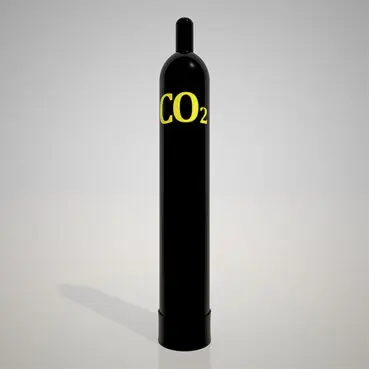
Carbon dioxide (chemical formula CO₂) is a naturally occurring chemical compound composed of a single carbon atom covalently double-bonded to two oxygen atoms. It is a gas at standard temperature and pressure and, as of 2014, exists in Earth's atmosphere in this state at a concentration of approximately 0.04% (400 ppm) by volume. It is one of the most commonly used compressed gases in pneumatic systems in portable pressure devices. Carbon dioxide is also used as an atmosphere in welding, although in electric arc welding it can oxidize most metals. Although welds made with carbon dioxide are more brittle than those made with inert gases, and the welded parts can deteriorate over time due to the formation of carbonic acid, it is widely used in the automotive industry. This gas is more widely used as a welding gas because it is cheaper than more inert gases like argon or helium. It is utilized in a wide range of consumer goods requiring compressed gas because it transitions from a gas to a liquid at room temperature under a pressure of approximately 60 bar (870 psi, 59 atm), allowing more carbon dioxide to be stored in a given container, and also because it is affordable and non-flammable.
In most cases, life jackets consist of compressed carbon dioxide canisters for rapid inflation. CO₂ aluminum capsules are also sold as compressed gas supplies for air guns, paintball markers, inflating bicycle tires, and making carbonated water. The rapid evaporation of liquid carbon dioxide is used for blasting in coal mines. High concentrations of carbon dioxide can also be used for pest control. Liquid carbon dioxide (often in its supercritical state) is used in the critical point drying of some food products and technological materials, in the preparation of samples for scanning electron microscopy, and in the decaffeination of coffee beans up to 5 times.
Carbon dioxide extinguishes flames, and some fire extinguishers, especially those designed for electrical fires, contain liquid carbon dioxide under pressure. Carbon dioxide extinguishers are well-suited for small flammable liquid and electrical fires. However, carbon dioxide is not ideal for extinguishing fires involving flammable solids because although it displaces oxygen, it does not cool the burning materials sufficiently, and when the carbon dioxide dissipates, they can re-ignite upon exposure to atmospheric oxygen. Carbon dioxide is also widely used as a fire suppression agent in fixed fire protection systems for local application on specific hazards and for total flooding of protected areas.
Additionally, International Maritime Organization standards approve carbon dioxide systems for fire protection of ship holds and engine rooms. Carbon dioxide-based fire protection systems have caused several fatalities because they can cause suffocation at very high concentrations. A review of CO₂ systems found that between 1975 and the date the report was compiled, 51 accidents had occurred, resulting in 72 deaths and 145 injuries.
Liquid carbon dioxide is a good solvent for many lipophilic organic compounds and is used to remove caffeine from coffee. Carbon dioxide has attracted attention in the pharmaceutical and other chemical processing industries as a less toxic alternative to more traditional solvents such as chlorinated organics. For this purpose, carbon dioxide is used by some dry cleaners. Carbon dioxide is used in enhanced oil recovery. In this process, when carbon dioxide is injected into oil wells, it mixes with the oil under very specific conditions. This approach can increase original oil recovery by reducing residual oil saturation by an additional 7% to 23% on top of primary extraction. It also acts as a pressurizing agent and, when dissolved in underground crude oil, significantly reduces its viscosity and changes the chemistry of reservoir fluids, facilitating the flow of oil more rapidly through the reservoir to the production wells; extensive pipeline networks are used to transport carbon dioxide to injection wells. Liquid and solid carbon dioxide are excellent refrigerants, especially in the food industry, where they are used during the transportation and storage of ice cream and other frozen foods.
Solid carbon dioxide is called “dry ice” and is used for small-scale refrigeration when cooling equipment is not effective. Solid carbon dioxide is always below -78.5 °C at regular atmospheric pressure, regardless of the air temperature.

Acetylene (systematic name: ethyne) is a chemical compound with the formula C₂H₂.
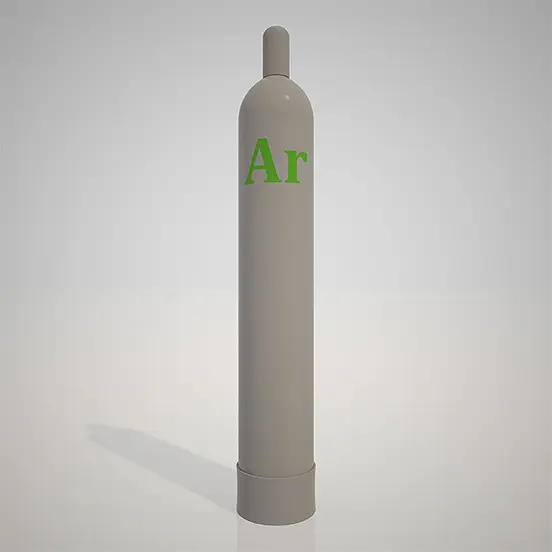
Argon is a chemical element with the symbol Ar and atomic number 18.

Argon-Carbon Dioxide C-50 (50% argon / 50% CO₂)
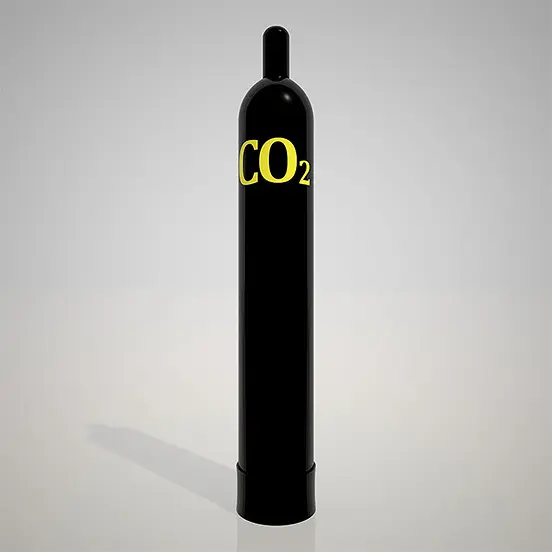
Carbon dioxide (chemical formula CO₂)

Helium is a chemical element with the symbol He and atomic number 2.
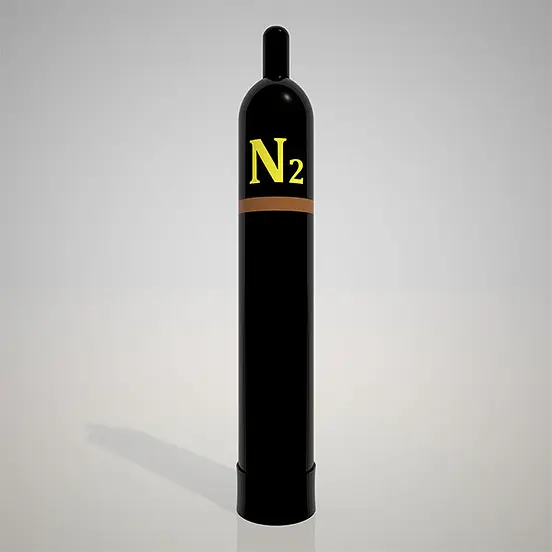
Nitrogen is a chemical element with the symbol N and atomic number seven.

Oxygen is a chemical element with the symbol O and atomic number 8.
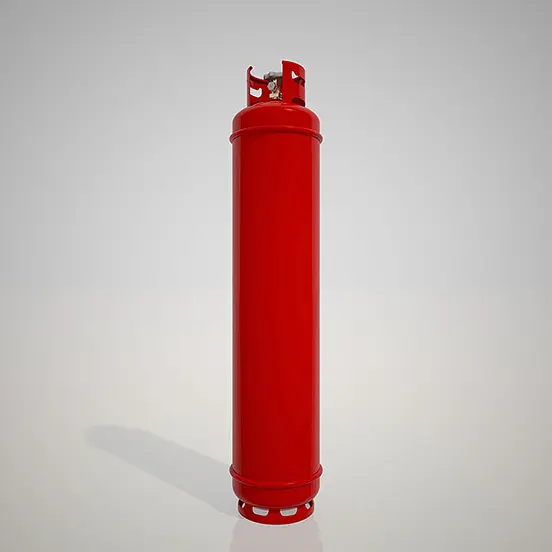
Propane (molecular formula C₃H₈) is an alkane with three carbon atoms.